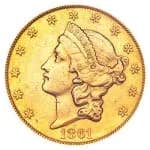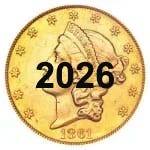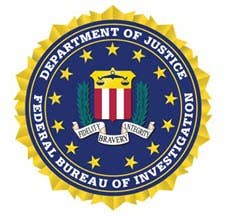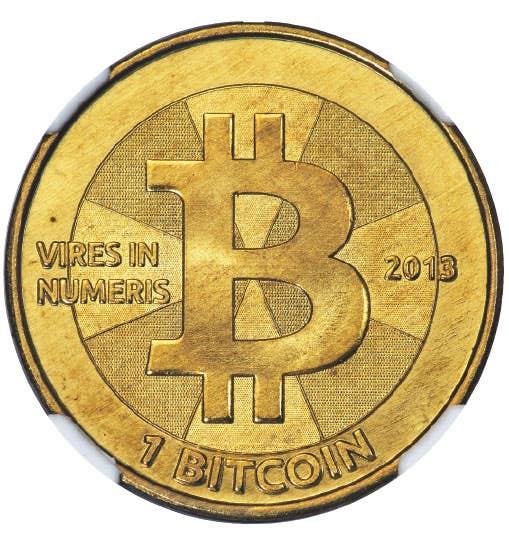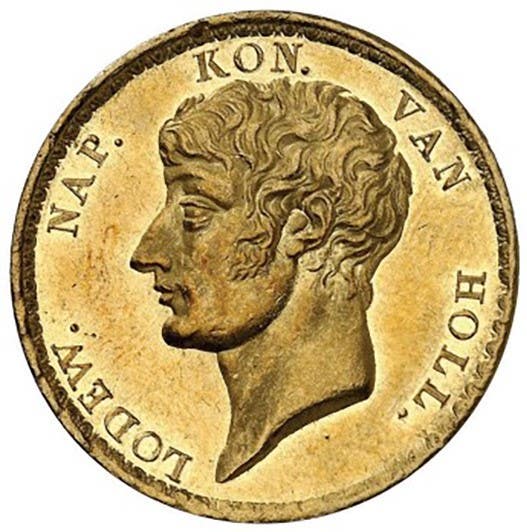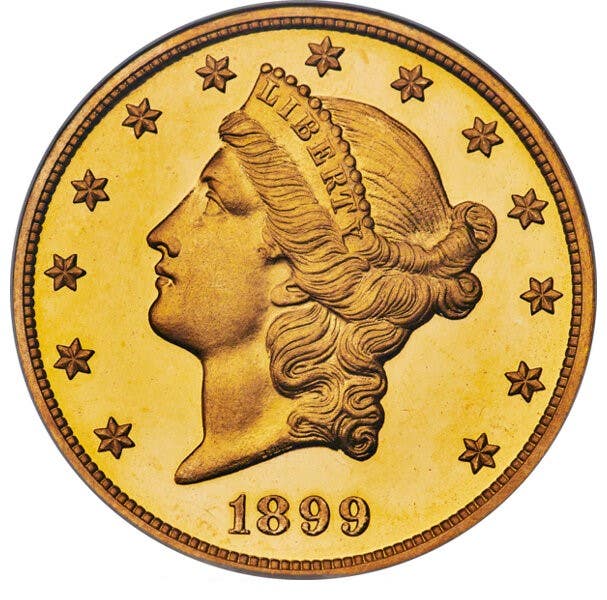Errors found in search
While many cherry-pickers of modern coins often restrict their search to brilliant uncirculated rolls of current coins, looking for doubled dies and other varieties, Brian Higgins of Naples, Fla., is one of those folks who doesn
While many cherry-pickers of modern coins often restrict their search to brilliant uncirculated rolls of current coins, looking for doubled dies and other varieties, Brian Higgins of Naples, Fla., is one of those folks who doesn?t hesitate to sit down and search good old-fashioned circulated coins. He has a penchant for Jefferson nickels and his luck is pretty good as we can see by some of the Jefferson nickel errors that he sent in.
Probably his neatest coin is a 1996-D Jefferson nickel that was double struck. In this case, it was double struck normally for the first strike and then it re-entered the collar for a second strike with very wide rotation between strikes.
In the photomicrograph you can see IN GOD just below the forward area of Jefferson?s bust from the understrike and then see it again from the second strike, just to the left.
On the reverse you can see the understrike of the Monticello Building standing up at an angle running from E PL of E PLURIBUS down to the F AMER of OF AMERICA.
His next neat find is a 1999-P Jefferson nickel with a nearly 180-degree rotated reverse. As most collectors know, United States coins are struck in what is referred to as ?coin alignment.? What this means is that when the coin is flipped from side to side starting with the obverse right side up, that the reverse will be upside down on turn. The opposite effect is referred to as ?medal alignment? since the vast majority of medals will have both their obverse and reverse struck lined up in the same direction.
Higgins? coin would be referred to as struck in ?medal alignment.?
Higgins says his best luck on rotated reverse nickels was on the 2005-P Bison nickels with a 90-degree rotated reverse. He found at least three of these and indicated that he sold an uncertified example on eBay for $210.24 and another certified for $2,000 in September of 2005. Not bad for cherry-picking boxes of nickels at face value.
Another neat find is his undated Jefferson nickel with a multi-layered Major Die Break. This variety is listed in The Cud Book by Sam Thurman and Arnold Margolis as JNC-ND-7.
Major Die Breaks are often referred to as ?cuds,? a slang holdover term from the 1960s that stuck. A cud occurs when a section of the die face and corresponding shank breaks away and leaves a void in the die in its place.
The die will then strike coins with a raised blob of unstruck metal that has been partially forced up into the void during the strike.
On the opposite side of the cud will often be an area of weakness representing the fact that nothing was present on the opposing side to create the pressure needed to raise up the design sufficiently.
On his coin you can see the area of weakness best on the upper right corner of the Monticello building and the surrounding field area nearest the rim.
Cuds are often confused with die breaks or even die chips that are found within the interior of the coin design but have no connection to the shank of the die or edge of the coin. A die break ? no matter how large ? that does not involve the edge of the die is not a cud ? it is simply a die break, which may be defined as a Small, Medium or Large Die Break (see Alan Herbert?s Official Price Guide To Mint Errors for an in-depth discussion on die breaks, chips, etc.).
Ken Potter is the official attributer of world doubled dies for the Combined Organizations of Numismatic Error Collectors of America and for the National Collectors Association of Die Doubling. He also privately lists other collectible variety types on both U.S. and world coins in the Variety Coin Register. He is a regular columnist in Numismatic News? sister publication, World Coin News, where he writes the Visiting Varieties column. More information on either of the clubs or how to get a coin listed in the Variety Coin Register may be obtained by sending a long, self-addressed envelope with 60 cents postage to P.O. Box 760232, Lathrup Village, MI 48076, or by contacting him via e-mail at KPotter256@aol.com. An educational image gallery may be viewed on his Web site at www.koinpro.com.

